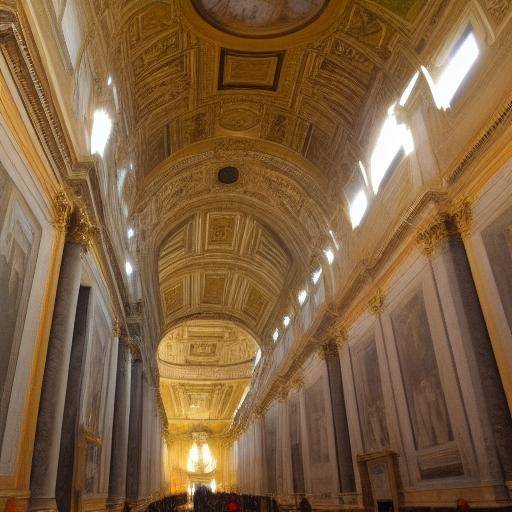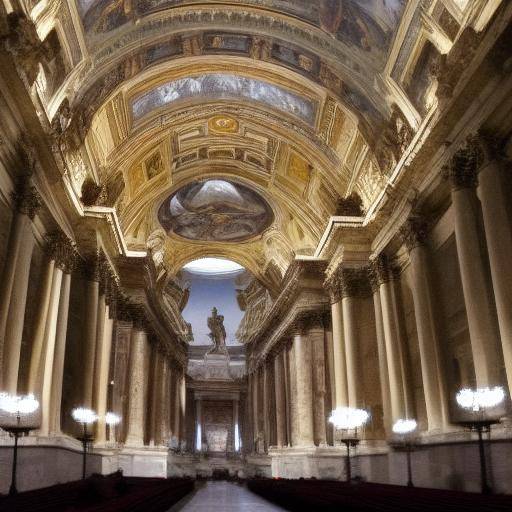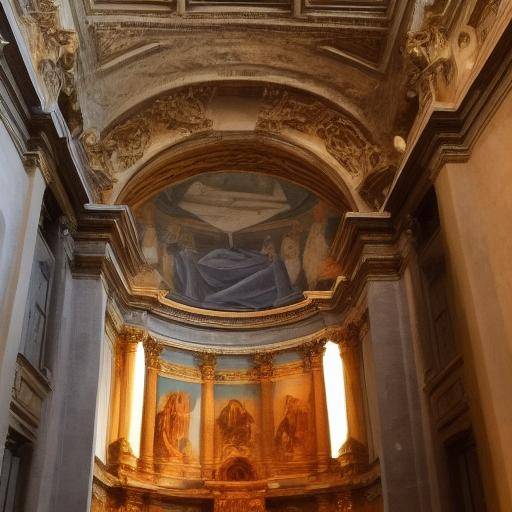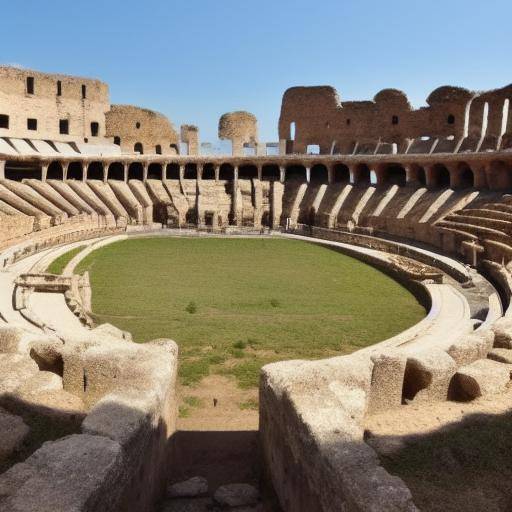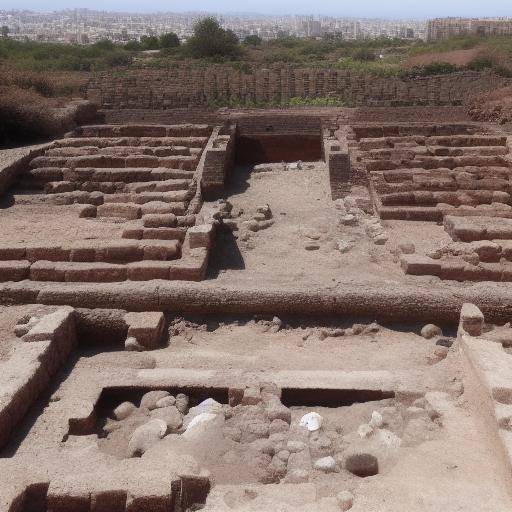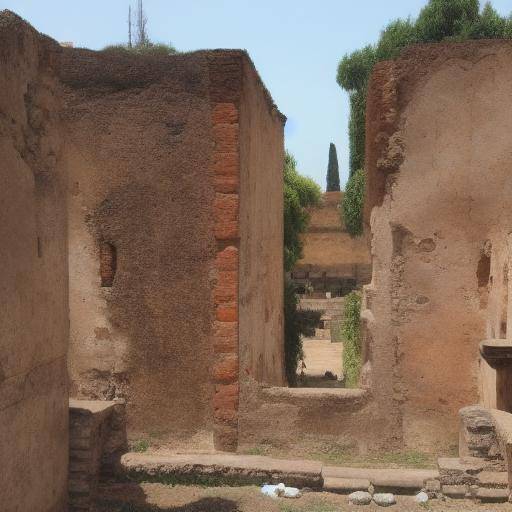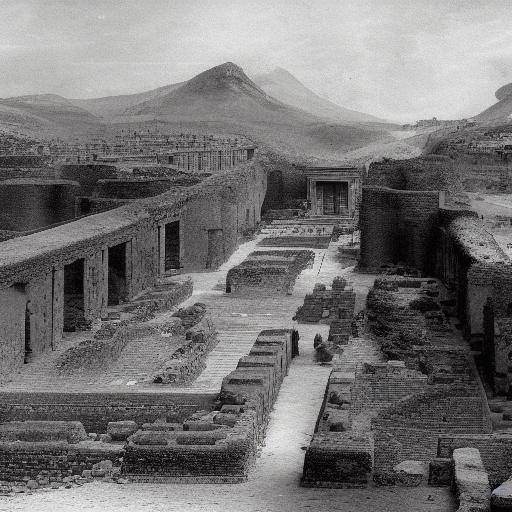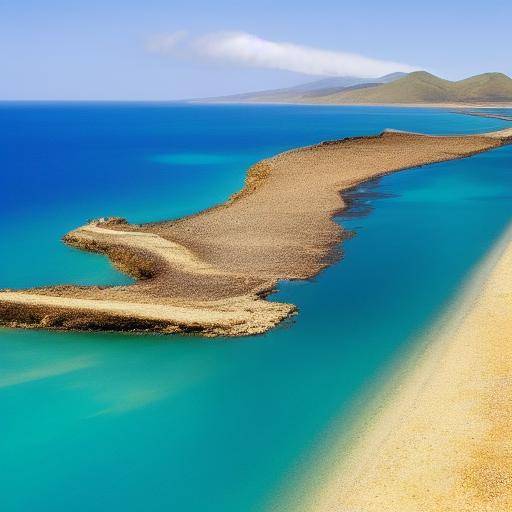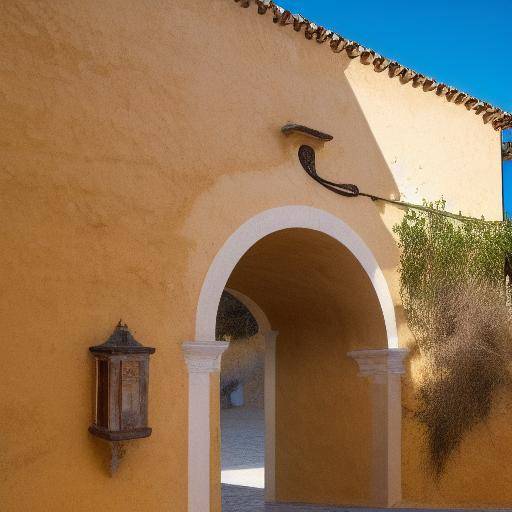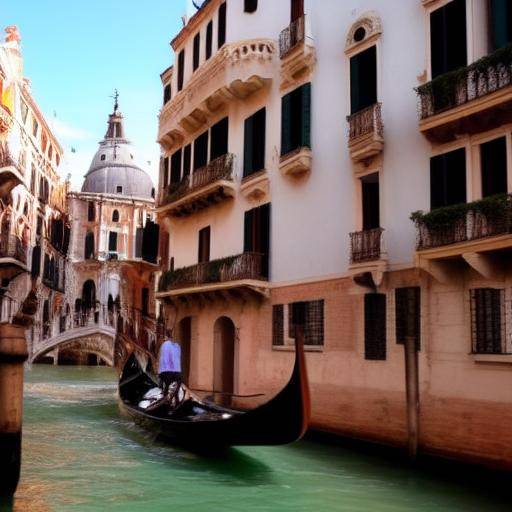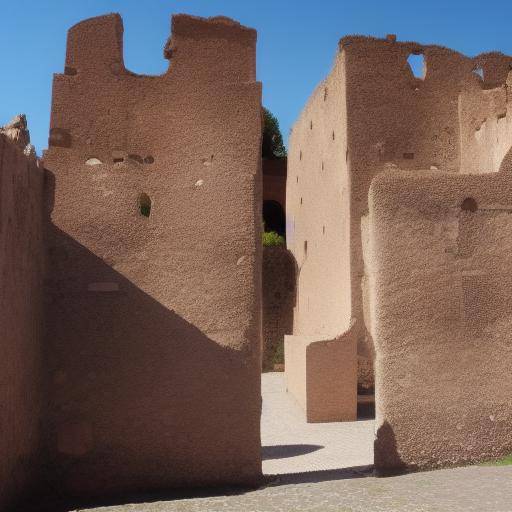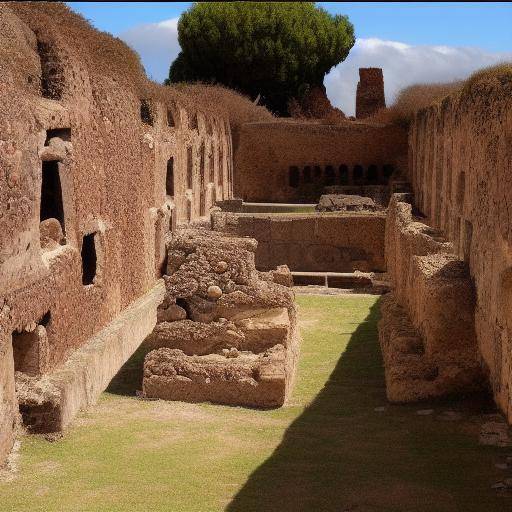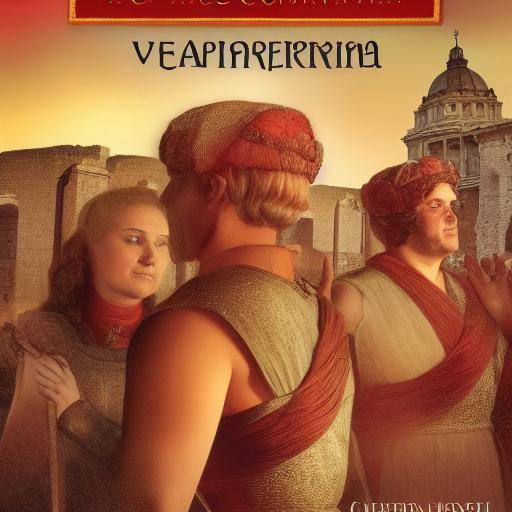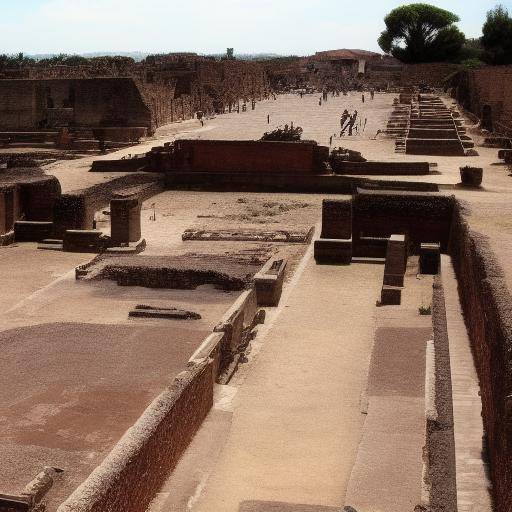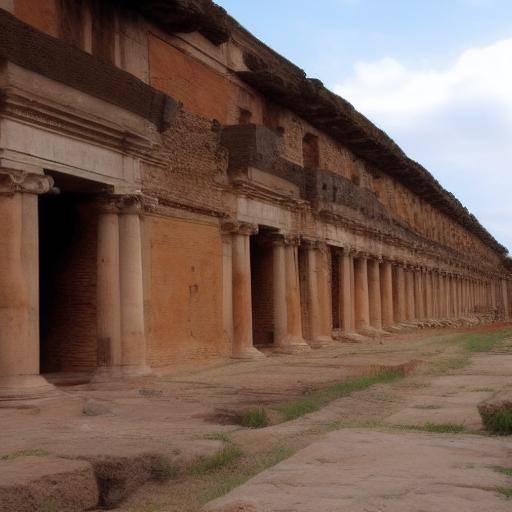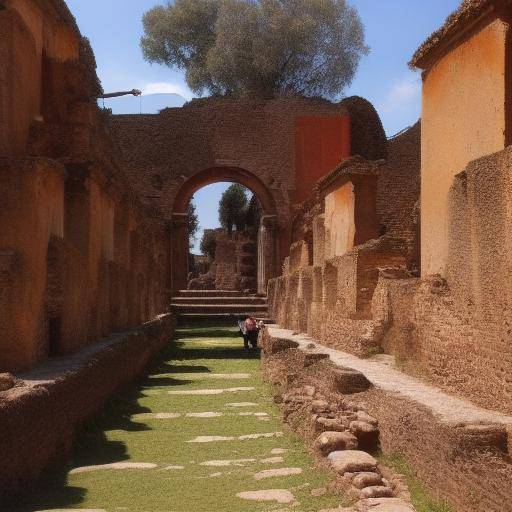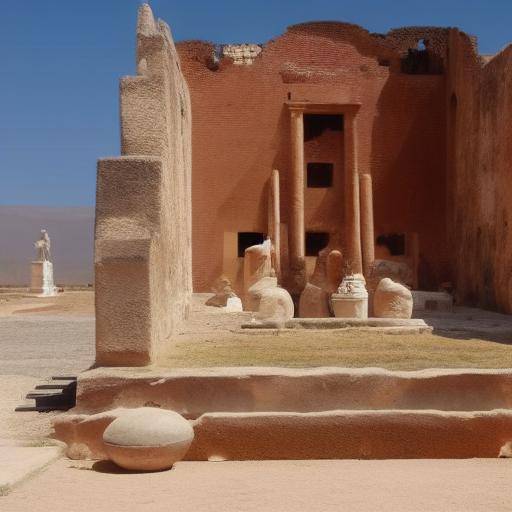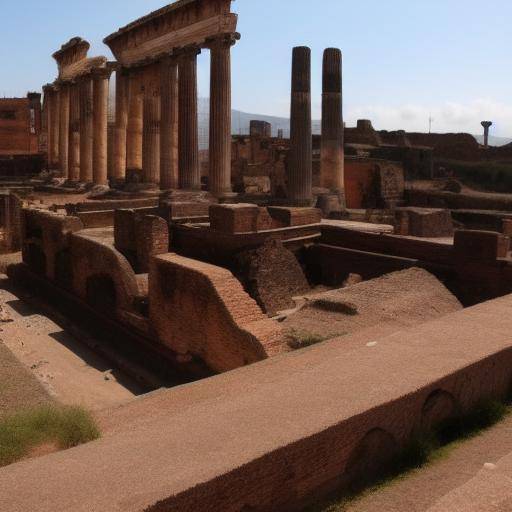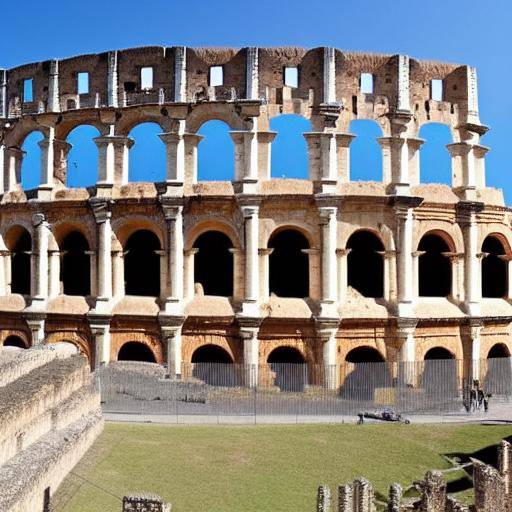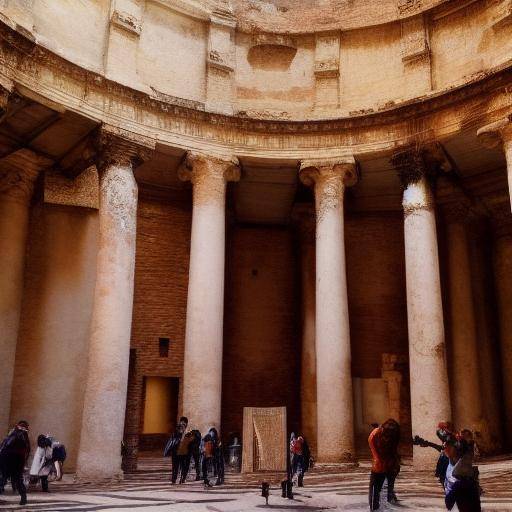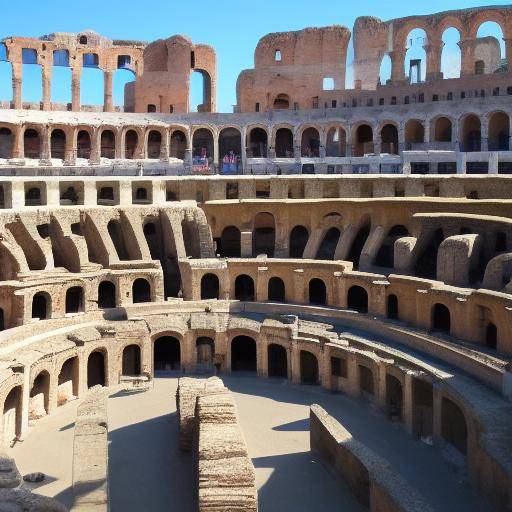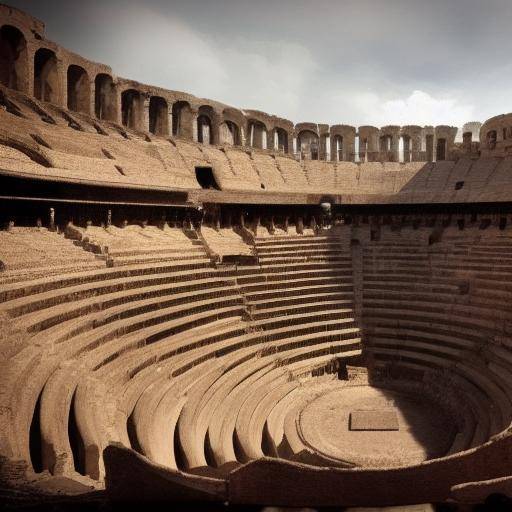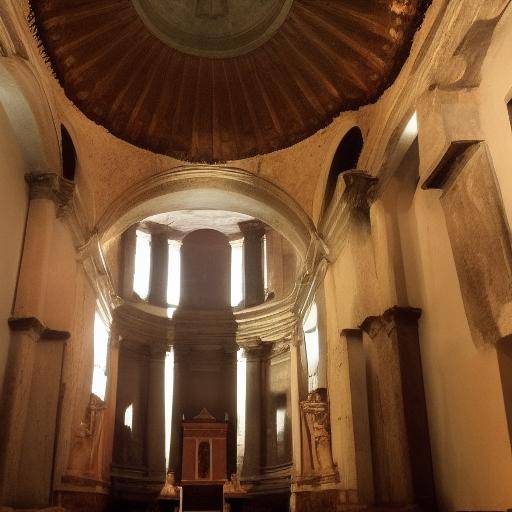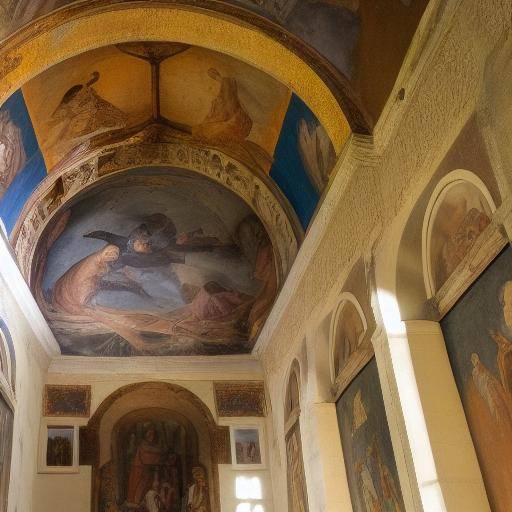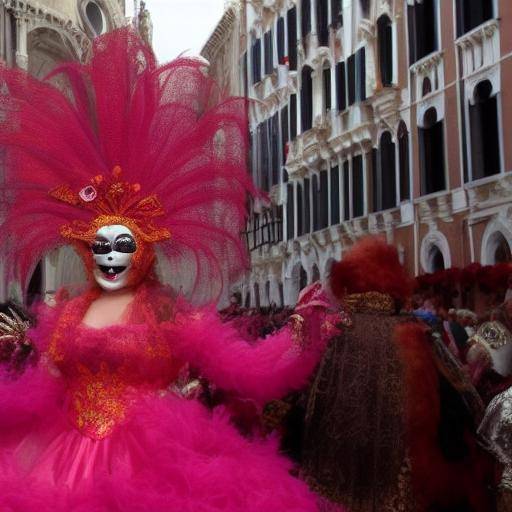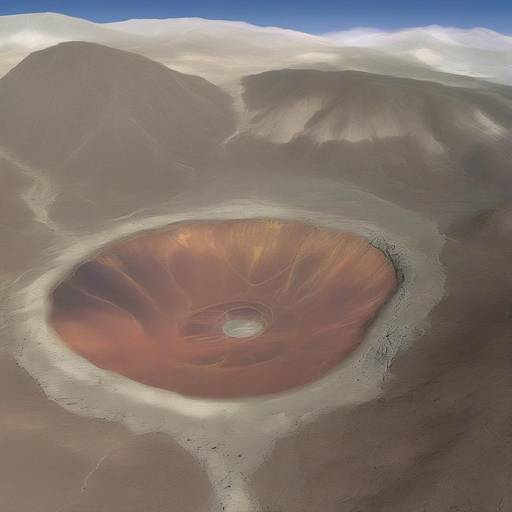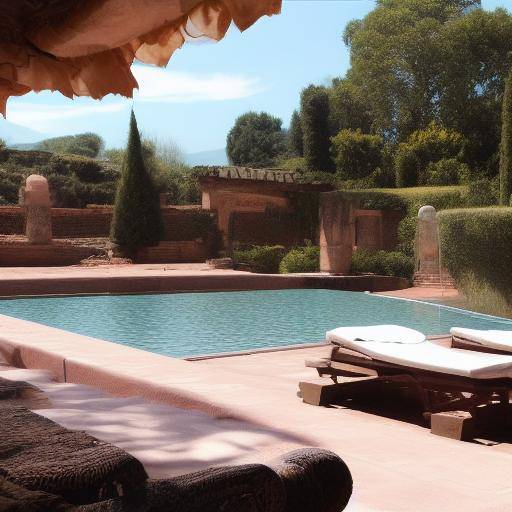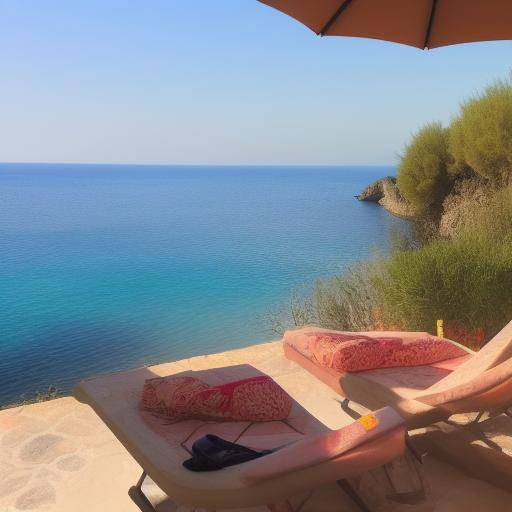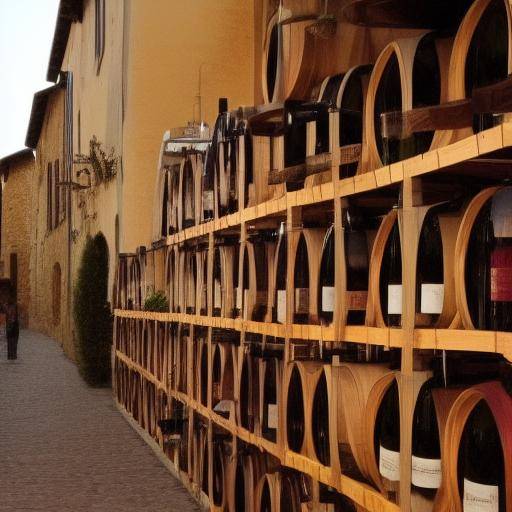
Enotourism in Tuscany, Italy, is an experience that captivates the senses and spirit of wine lovers. With its picturesque landscapes, historical wineries and exquisite wines, the region offers a unique experience that combines the rich wine tradition with natural beauty and Italian hospitality. In this article, we will explore the wine route in Tuscany, highlighting 5 mandatory stops that not only offer enological delights, but also a historical and cultural view of this iconic region.
Introduction
Wine tourism, or wine tourism, has gained popularity in recent decades, leading travelers to explore exceptional wine regions in search of unique sensory and cultural experiences. In particular, Tuscany, known for its rolling hills, solitary cypresses and medieval cities, offers a perfect setting for wine lovers who seek to immerse themselves in Italian wine culture.
In this exciting trip to Tuscany, we will discover five essential stops that capture the essence and passion of winemaking in this region. From family wineries to prestigious wine houses, each stop reveals a unique history and an exceptional selection of wines that will delight both the connoisseurs and the newcomers in the world of wine.
History and Background
Tuscany has played a fundamental role in the winemaking history of Italy. Its roots date back to the Etruscan era, where wine was produced in significant quantities. With the advent of the Roman Empire, viticulture flourished in the region, and the fame of Tuscan wines spread throughout the Mediterranean. The monks and religious orders also contributed to the development of viticulture, creating vineyards and monasteries that became centers of wine production.
The modern wine revolution in Tuscany occurred in the 1970s, when local producers adopted innovative vinification techniques and began to focus on the quality and identity of their wines. This led to the resurgence of native grape varieties, such as Sangiovese, along with the introduction of aging methods in barrels and the adoption of sustainable practices in vineyards.
Today, Tuscany is recognized as one of the most outstanding wine regions in the world, with denominations of controlled and guaranteed origin (DOCG) that protect and promote the quality of its most precious wines, such as Chianti Classico, Brunello di Montalcino and the Nobile di Montepulciano Wine.
Analysis in Deep
Enotourism in Tuscany offers visitors the opportunity to immerse themselves in the world of wine in an incomparable way. From observation of traditional vine cultivation practices to participation in guided tastings, enotourism allows visitors to learn about viticulture and enology while enjoying scenic beauty and local hospitality.
One of the distinctive features of the Enotourism in Tuscany is the diversity of experiences offered. Visitors can explore modern wineries equipped with the latest vinification technologies, as well as family wineries that have maintained their traditional methods for generations. In addition, the region hosts a series of enological events and festivals throughout the year, giving travelers the opportunity to participate in cultural celebrations that revolve around wine and local gastronomy.
Comprehensive review
When embarking on the wine route in Tuscany, visitors will find themselves immersed in the culture and history of wine, interacting with passionate winemakers, traveling renowned vineyards and delighting with the extraordinary variety of wines that the region has to offer. From the hills of the wine region of Chianti to the lowlands of the Maremma, each stop on this route offers a unique perspective of the wine heritage of Tuscany.
Comparative analysis
Compared to other wine regions in Italy, Tuscany stands out for its focus on sustainable winemaking, the diversity of native grape varieties and the strong influence of tradition in winemaking. Unlike the northern regions of Italy, which focus on varieties such as Nebbiolo and Barbera, Tuscany is distinguished by its emphasis on the grape Sangiovese, used in the elaboration of emblematic wines such as Chianti and the Brunello di Montalcino.
In terms of landscape, Tuscany offers a unique combination of varied soils, microclimates and altitudes that influence the character and quality of its wines. While the Chianti hills produce elegant and structured wines, the seaside plains of the Maremma give rise to bolder and more concentrated wines. This diversity of terruños allows winemakers to experience with different wine styles, creating an exciting range of options for wine lovers.
Practical Tips and Accessible Tips
When planning a tourism trip to Tuscany, it is important to take into account several practical tips that will improve the experience and ensure that visitors get the most out of their winery tour.
- Book early visits: Since many wineries in Tuscany operate with limited visitor quotas, it is advisable to book in advance, especially during the high season.
- Try the local cuisine: In addition to enjoying the wines, you should not miss the opportunity to taste the delicious Tuscan cuisine. Many wineries offer marital tastings with local products such as olive oil, pecorino cheese and charcutería.
- Explore beyond the wineries: While visits to the wineries are the focal point of the winery, Tuscany also offers other activities related to the wine, such as tours through medieval villages, Tuscan cooking classes and bike rides through the vineyards.
Conclusions and FAQs
Conclusions
The wine route in Tuscany is much more than just an enological excursion; it is a journey that reveals the rich history, passion and crafts that are found in every cup of Tuscan wine. From the timeless elegance of Chianti to the intriguing power of the Brunello, each deaf tells a history of the earth and the people who make it possible. By enjoying these exceptional wines, visitors dive into a legacy that has endured over the centuries.
Frequently asked questions
1. What is the best time of the year to visit Tuscany in terms of winemaking?
Autumn is an ideal time for a visit of winemaking, as it coincides with the vintage and the season of wine festivals. During this time, the vineyards are in full swing, and there are numerous celebrations related to the harvest.
2. Do you need to be an expert in wines to enjoy the visits to the wineries in Tuscany?
Absolutely not. Visits to the wineries in Tuscany are designed for tastings of all levels, from beginners to experts. Enologists and guides are trained to share their knowledge in an accessible and safe way.
3. Can accommodation options be found near the wineries in Tuscany?
Yes, many wineries offer the possibility of staying in their facilities or in nearby accommodations, giving visitors the opportunity to immerse themselves fully in the experience of winemaking.
4. Is it convenient to rent a car to tour the wine route in Tuscany?
Yes, renting a vehicle offers the flexibility to explore the various wineries, vineyards and landscapes that make up the wine route in Tuscany. However, it is important to remember the responsibility of using alcohol in a responsible way if it is being conducted.
5. What other tourist activities are well complemented by winemaking in Tuscany?
In addition to the visits to the wineries, activities such as water balloon rides on the vineyards, tours through medieval villages and excursions to the thermal baths are popular options that complement the winemaking in Tuscany.
6. What is the difference between the denominations of controlled and guaranteed origin (DOCG) and the denominations of controlled origin (DOC) in Tuscany?
The main difference lies in the strictest requirements that wines must meet with the DOCG denomination, which guarantees superior quality. DOCG wines are also subject to more rigorous chemical tastings and analysis before being bottled and marketed.
Concluding, the wine route in Tuscany is an enriching experience that offers a unique immersion in Italian wine culture. From the rich history of wine to the natural beauty of the Tuscan countryside, each mandatory stop on this route reveals a world of emotions, flavors and discoveries. Regardless of whether you are a wine enthusiast, a curious traveler or a history lover, Tuscany invites you to give yourself to an experience that will captivate all your senses and leave a lasting impression on your heart and palate.


